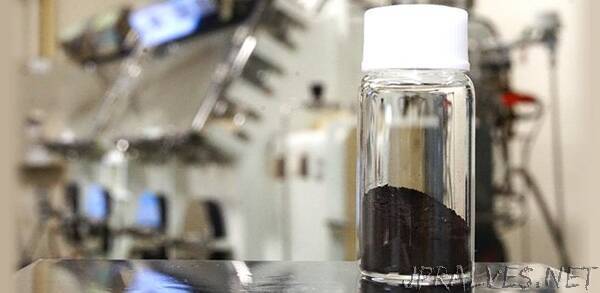
“A research group, utilizing inexpensive elements, has demonstrated the feasibility of synthesizing electrode materials for lithium-ion batteries (LIBs). If explored further, this method could reduce industrial reliance on rare metals such as cobalt and nickel.
Details of their results were published in the American Chemical Society’s journal “ACS Applied Energy Materials” on April 11, 2022.
Rare metals are widely used because they form a suitable crystal structure for LIBs’ key component - cathode materials. In these materials, lithium is easily and reversibly extracted/inserted.
Scientists have long sought ways to incorporate other inexpensive elements into the crystal structure. Yet, just like only a certain amount of salt dissolves into water, the solubility of other elements is limited.
The research group, led by professor Tetsu Ichitsubo from Tohoku University’s Institute for Materials Research (IMR), employed a different strategy. Harnessing the energy gain from ‘configurational entropy’ - a material’s state of randomness - they expanded the constituent elements’ solubility, synthesizing new composition electrode materials: LiCr1/4Mn1/4Co1/4Ni1/4O2 and LiCr1/5Mn1/5Fe1/5Co1/5Ni1/5O2. This significantly reduced the use of cobalt and nickel.
“Our approach unlocks the potential of other unused elements and will enable us to optimize multiple electrode properties simultaneously thanks to flexible material designs,” says Ichitsubo.
The materials synthesized by the new method may also improve the safety of LIBs. Tomoya Kawaguchi, assistant professor at IMR and corresponding author of the paper states, “Increasing configurational entropy also theoretically raises the stabilization of the electrode material, contributing to the safety of the whole battery.”
Ichitsubo and his group also clarified the degradation mechanisms affecting the battery cycle with these new materials. This will serve as a guideline for developing novel high-performance materials using the high-entropy strategy.
Whilst the cyclability and capacity did not match conventional LIBs at present, the ability to synthesize new electrode materials opens up further avenues for research into LIBs.”
